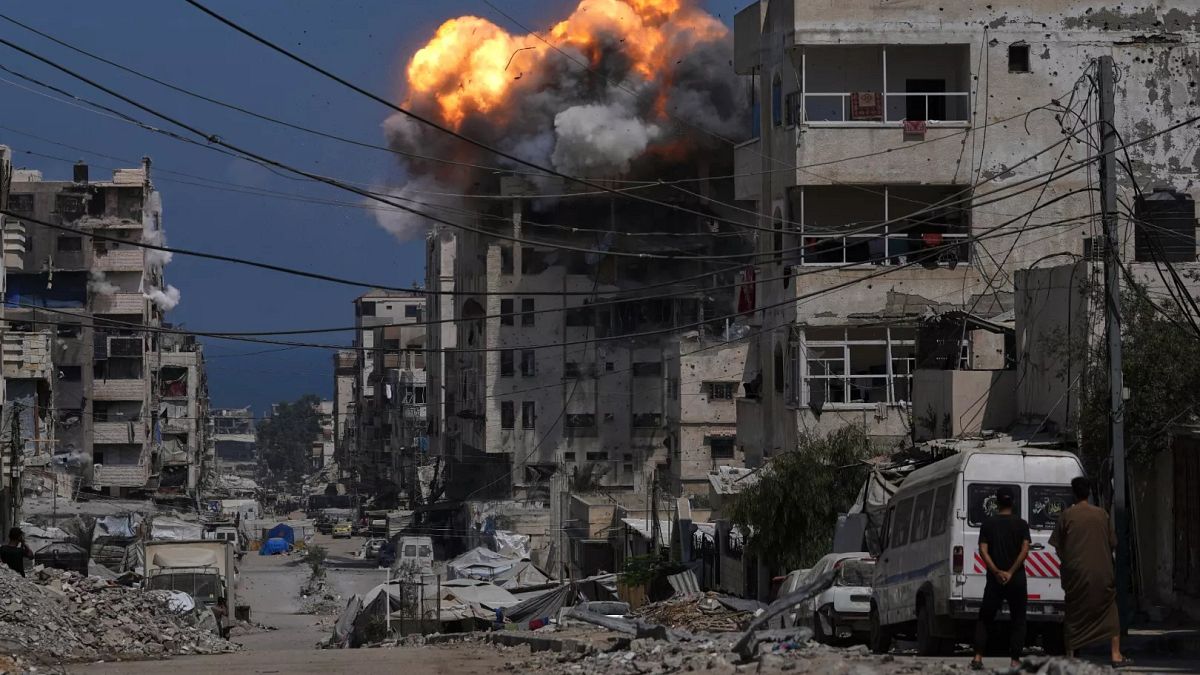

In a world striving for peace and stability, recent developments across various regions highlight the complexities and hurdles in achieving these goals. From interrupted negotiations in Gaza to unfortunate incidents in Ukraine, Syria, and along the Thailand-Cambodia border, the global community remains diligently engaged in addressing these challenges.
In the Middle East, the pursuit of a ceasefire between Israel and Hamas remains elusive. Negotiations facilitated by the Trump administration reached a standstill, with U.S. negotiators expressing disappointment over what they described as a lack of commitment to peace from Hamas. This ongoing impasse sits against the backdrop of deteriorating conditions in Gaza, complicating efforts to secure a sustained resolution.
Meanwhile, Ukraine continues to endure the repercussions of military aggression, as recent Russian airstrikes in Kharkiv resulted in injuries to at least 37 individuals, including a 10-year-old child and a newborn baby. This distressing incident emphasizes the ongoing humanitarian challenges in the region, as communities strive to recover and rebuild amidst the ongoing conflict. Additionally, in Odesa, attacks not only caused the tragic loss of lives but also inflicted damage on UNESCO-protected sites, underscoring the cultural and historical impact of the strife.
In Syria, the situation remains dire; the town of Maarat Misrin, north of Idlib, witnessed a tragic explosion that claimed at least six lives. The Syrian Civil Defence, often known as the White Helmets, confirmed the casualties, highlighting the persistent volatility and the urgent need for humanitarian aid and peace initiatives in the region.
Turning to Southeast Asia, tensions flared at the Thailand-Cambodia border, where disputes over territorial claims near temple sites escalated into deadly clashes. Thai military forces, reportedly employing air power, engaged in conflict as accusations flew between the two nations over the initiation of hostilities. This escalation has led to border closures and displaced many residents seeking safety away from the conflict zones.
Despite these challenges, global entities continue to advocate for dialogue and mediation to address the underlying issues fueling these conflicts. The international community’s response remains crucial in providing support, facilitating dialogue, and promoting lasting peace across these regions. Through continued diplomatic engagement and humanitarian efforts, there remains hope that these tensions can be alleviated, paving the way for a more peaceful and cooperative future.
As the world watches these developments, it is imperative to approach these issues with a calm resolve and an unwavering commitment to fostering peace and understanding. By doing so, collective efforts can transform adversity into opportunity, guiding the global community towards a harmonious and sustainable future.
Source: {link}
